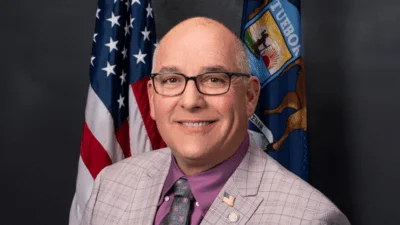Sandy K. Baruah President and Chief Executive Officer at Detroit Regional Chamber | Twitter Website
Sandy K. Baruah President and Chief Executive Officer at Detroit Regional Chamber | Twitter Website
The Detroit Regional Chamber has released its fifth annual State of Education and Talent report, which highlights educational attainment trends and their impact on the business community's ability to meet talent needs. The report, published on November 18, examines the talent pipeline in the Detroit Region and its implications for employers.
A key finding from the report is that adults returning to college will be crucial to achieving a 60% educational attainment goal by 2030. Although post-high school educational attainment in the region has increased by three percentage points since 2018, more than 300,000 individuals still need to earn an associate degree or higher to meet this target. An equity gap persists, with Black or African American adults having a lower attainment rate compared to white adults.
Greg Handel from the Chamber highlighted that "employers will grow or locate to regions that have the talent needed to fill their positions." He emphasized that if talent is lacking, employers may choose not to expand or settle in such areas.
The report also draws attention to perceptions among high school students and parents about higher education costs. Richard Czuba from The Glengariff Group noted that many are unaware of financial aids available beyond scholarships. He remarked, “When these kids talk about financing, they all talk about scholarships, but they’re not talking about financial aid.”
During a reaction panel moderated by Michigan Public's Zoe Clark, concerns were raised regarding misinformation on education costs. Sen. Sarah Anthony acknowledged significant investments made in scholarships and grants but expressed concern over communication failures: “We’ve communicated it, and it is still not permeating the electorate."
Dr. Kimberly Andrews Espy was alarmed by survey results showing overestimated college costs: “I couldn’t agree more that we have a lot of work to do on the communication side because we have made investments.” She reiterated the importance of investing in education as an investment in workforce competencies.





 Alerts Sign-up
Alerts Sign-up